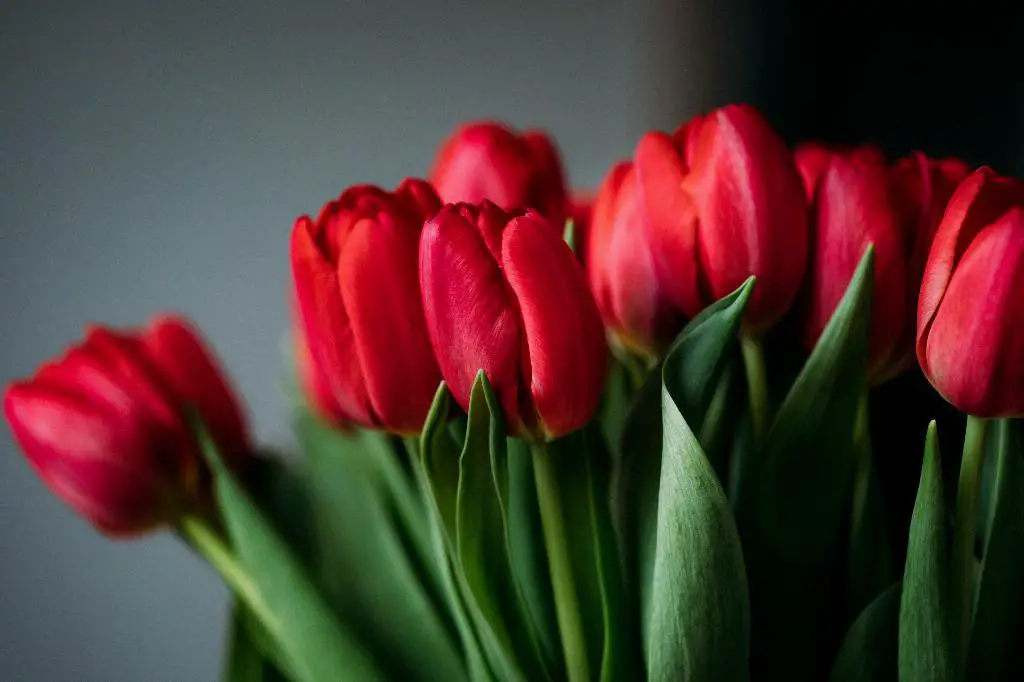When it comes to the enchanting realm of gardening, few images evoke as much delight as a tulip in full bloom. The vibrant hues and elegant contours of these flowers are enough to brighten anyone’s day. However, what happens when your tulips refuse to flower?
One of the primary reasons behind the lack of blooming in tulips is the crucial need for a period of chilling. Like many spring-flowering bulbs, tulips require a specific amount of cold exposure to stimulate the formation of flower buds within the bulb itself.
Without this essential chilling period of approximately 8 to 16 weeks, tulip bulbs may opt to sprout leaves but will ultimately fail to produce the coveted blossoms that we all eagerly anticipate. This phenomenon can be particularly frustrating for gardeners who have invested time and effort into their tulip displays.
It is crucial to understand the natural requirements of tulips and other bulbous plants to ensure their optimal growth and flowering. Climate plays a significant role in the successful cultivation of tulips, especially in regions where winter temperatures may not provide adequate chilling for the bulbs.
While some tulips may exhibit a resilient nature and still manage to bloom despite suboptimal conditions, many varieties rely heavily on the right balance of temperature and duration of cold exposure to thrive.
For those facing the issue of non-blooming tulips, it is essential to assess the environmental conditions in which the bulbs are planted. Factors such as soil quality, sunlight exposure, and drainage can all impact the overall health and flowering capacity of tulips.
Additionally, the age and quality of the bulbs themselves can also influence their ability to bloom. Over time, tulip bulbs may lose their vitality and struggle to produce flowers, even if provided with the necessary chilling period. Ensuring the use of fresh, high-quality bulbs is crucial for successful tulip cultivation.
Furthermore, it is worth considering the planting depth of tulip bulbs, as improper depth can hinder their ability to bloom. Planting bulbs too shallow or too deep in the soil can disrupt their growth patterns and lead to irregular flowering.
Regular maintenance practices such as proper watering, mulching, and fertilizing can also impact the blooming capacity of tulips. Ensuring that bulbs receive adequate nutrients and moisture throughout their growth cycle is essential for promoting healthy flower development.
In some cases, pest infestations or diseases may contribute to the lack of blooming in tulips. Keeping a vigilant eye on the health of your plants and promptly addressing any issues that arise can help prevent disruptions in the flowering process.
Ultimately, the key to encouraging blooming in tulips lies in providing a conducive environment that meets their specific requirements for growth. By paying attention to factors such as chilling period, soil quality, bulb health, planting depth, and maintenance practices, gardeners can increase the likelihood of enjoying a breathtaking display of tulip blossoms each spring.

